
On 22 December 2015, the UN General Assembly established the World Day of Women and Girls in Science, to recognize the fundamental role that women and girls play in science and technological development.
Today, only 30% of researchers are women. Why are there stereotypes perpetuating gender inequality in STEM fields? Why deprive us of the talents of half of humanity?
Women and girls need self-confidence and models to inspire them to dream of becoming scientists.
To celebrate this day, we have chosen 8 women and scientists that are worth remembering, not only for their great contribution to scientific progress but also and above all for their commitment to promoting the role of women in society.
LAURA BASSI (1771-1778)
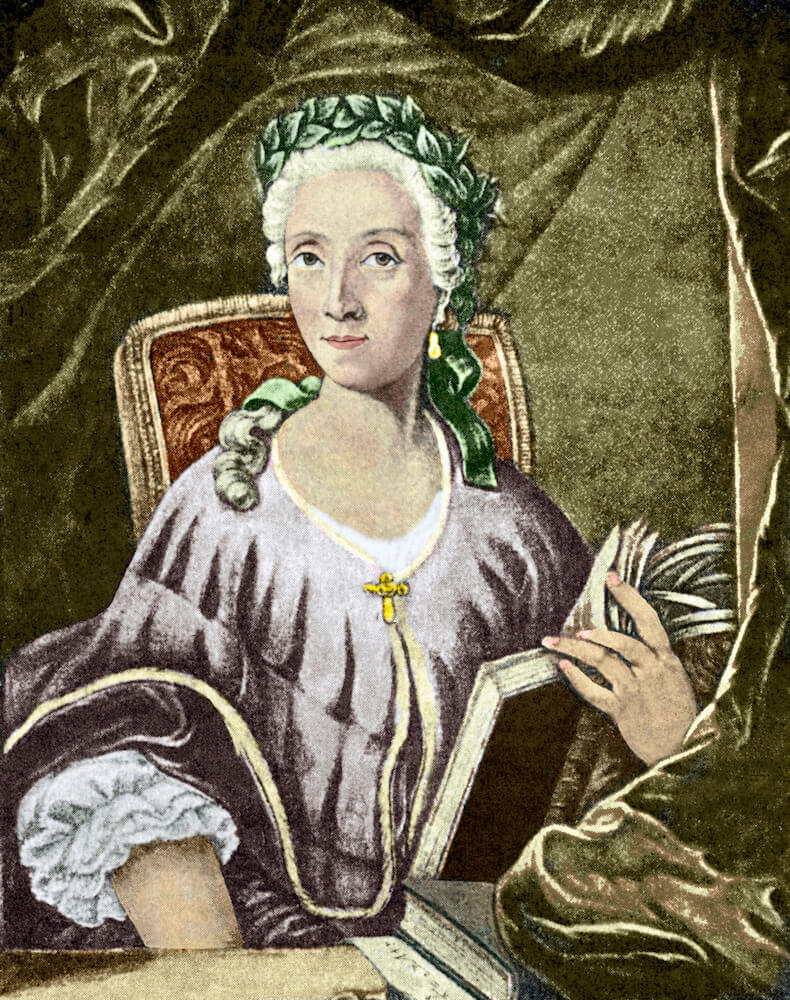
The first woman in the world to hold a university professorship.
In a historical period where women were everywhere excluded from studies and intellectual professions, Laura Bassi obtained a degree in Philosophy in 1732, and then, the Senate and the University of Bologna assigned her a university chair for the teaching of Physics, then called natural philosophy.
A woman of exceptional ingenuity, she was able to manage her family life with her academic career and in 1776 she held the chair of experimental physics at the Institute of Sciences of Bologna founded by Luigi Ferdinando Marsili.
MARIE CURIE (1867-1934)
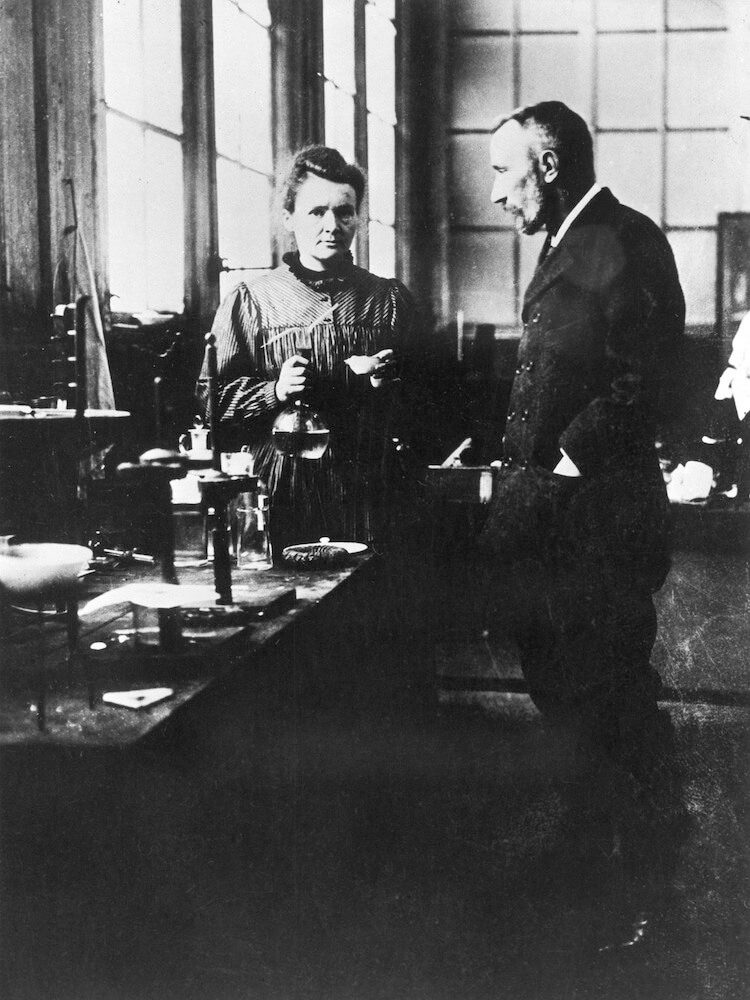
Marie Curie is the only woman to win the Nobel Prize twice (1903; 1911). Together with her husband Pierre Curie, she identifies the existence of the positron and the neutron, particles constituting the atom, undermining the hypothesis that the atom was the smallest particle in which matter was decomposable.
The Curie couple discovered the elements radium and polonium, the latter named after Marie’s homeland Poland.
The danger of radios to health went unnoticed for a couple of decades, and the Curies were the first to suffer side effects, in Marie’s case, until her death.
Their studies on radioactivity were the fundamental basis for subsequent research in the field.
“Nothing in life is to be feared, it is only to be understood. Now is the time to understand more, so that we may fear less” – Marie Curie
ELIZABETH GARRETT-ANDERSON (1836-1917)
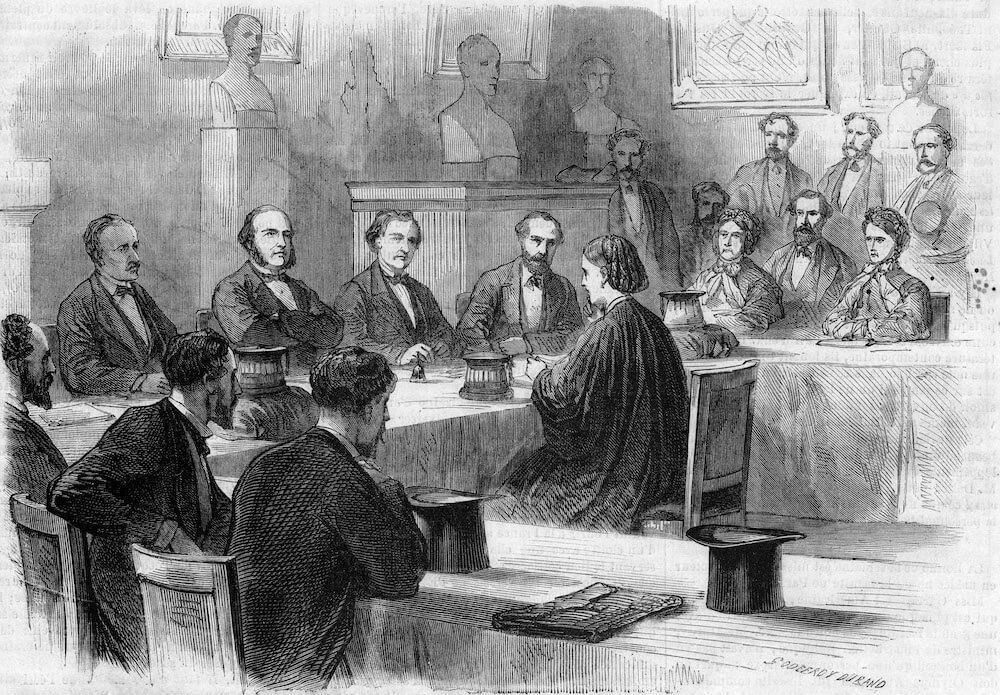
She was the first female English doctor. The doctor was a man’s job and Elisabeth Garrett-Anderson was forced to study as a simple nurse.
When the Sorbonne in Paris finally opened to women, Elizabeth didn’t think twice and enrolled in the university in France, where she graduated in 1870.
The experience of discrimination led Elizabeth to become an avid activist in the fight for women’s rights. She participated in the movement that claimed the right to vote for women and founded the first exclusively female-run hospital.
Fulfilling her research and her desire to promote the emancipation of women in science, Elizabeth Garrett-Anderson also managed to join the British Medical Association, remaining the only female member for more than 19 years.
CAROLINE LUCRETIA HERSCHEL (1750-1848)
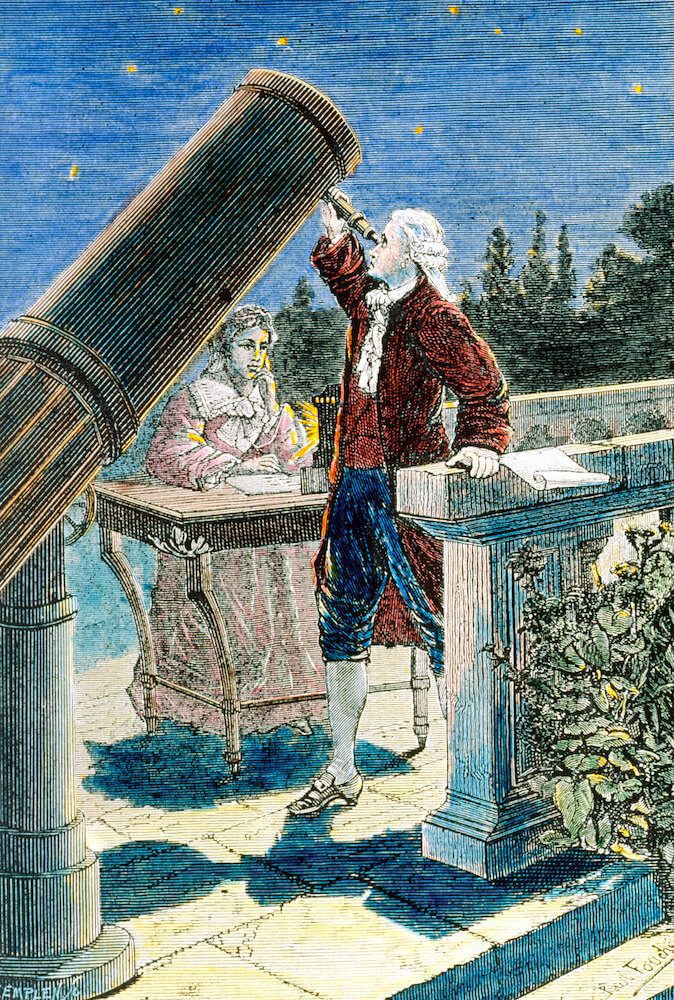
Another pioneer in her field was Caroline Lucretia Herschel, British of German origin who together with her brother William studied and discovered several comets.
On 1 August 1786, she discovered her first comet, also known as “the comet of the first woman”, thanks to which she received from King George III an annual salary as an assistant to William, thus becoming the first woman to be paid for a job in science.
To her, we owe the discovery of new constellations, nebulae, and stars, and at least six comets bearing her surname.
As well as being the first woman to discover a comet, Caroline was one of the first astronomers to be admitted to the prestigious Royal Astronomical Society.
In 1828 the Royal Astronomical Society awarded her a gold medal for her studies and discoveries. It took until 1996 to see another woman awarded the same prize (Vera Rubin).
MARIA GOEPPERT-MAYER (1906-1972)
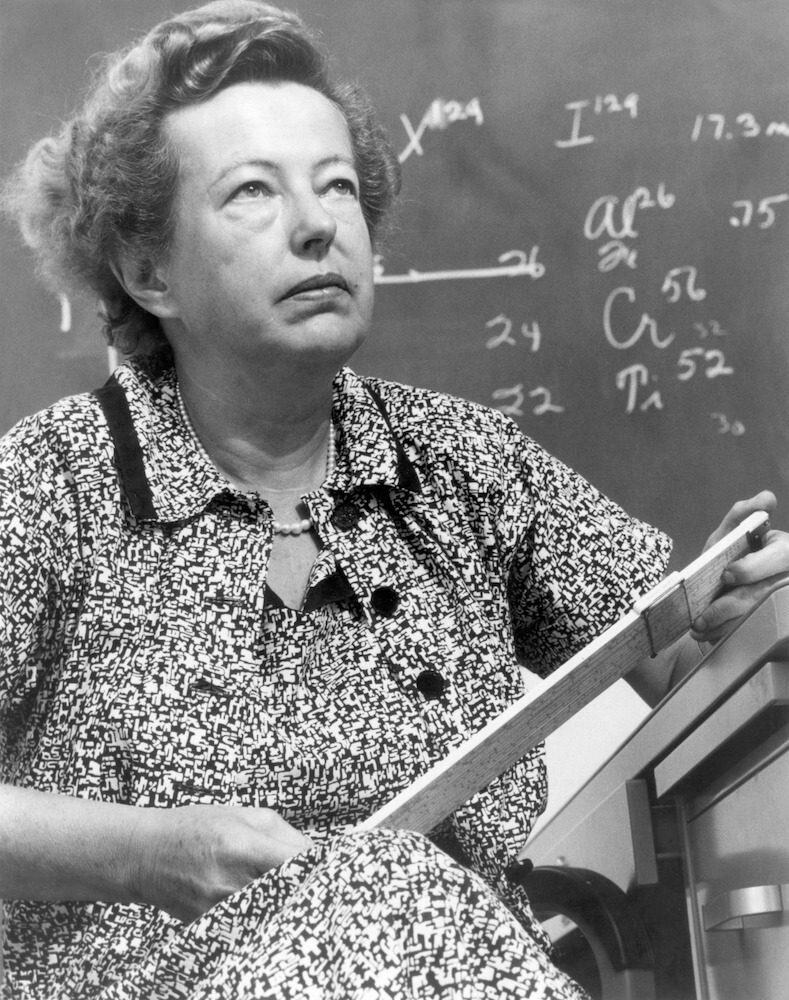
Maria Goeppert-Mayer is the first woman to obtain the Nobel Prize in Theoretical Physics.
She won the Nobel in 1963 for having developed, together with Johannes Hans Daniel Jensen, the shell model of the atomic nucleus.
SP29548 BARBARA MCCLINTOCK (1902-1992)
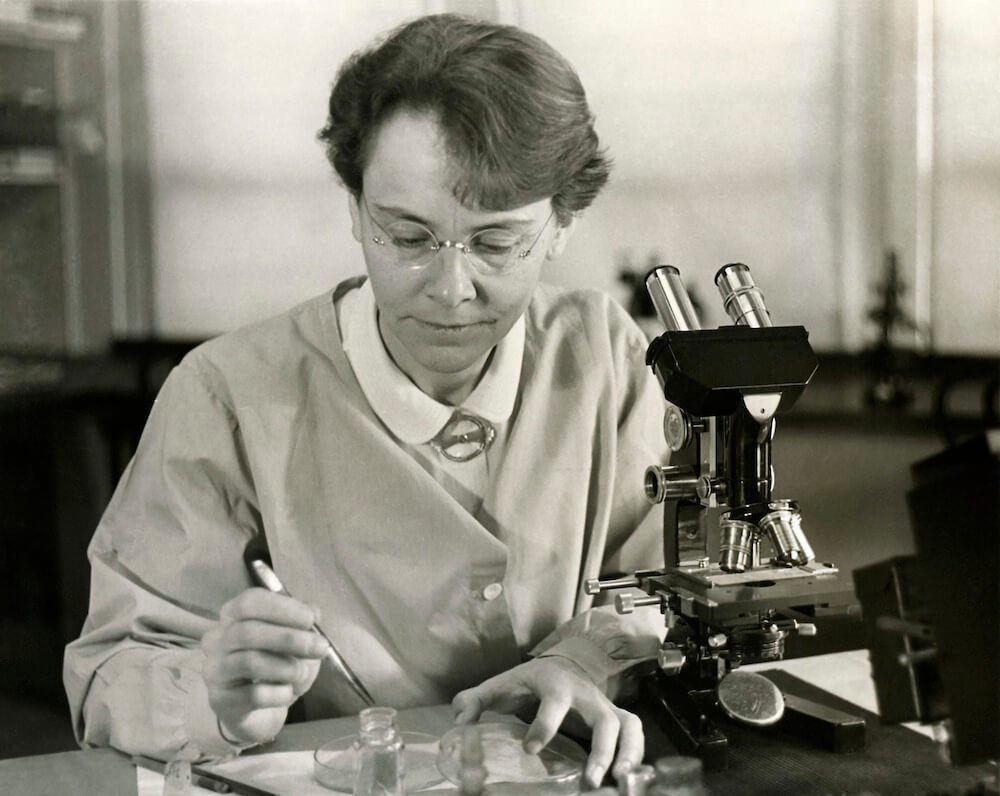
American biologist Barbara McClintock was one of the minds that changed the study of genetics.
Barbara had shown a great passion for genetics since high school. At that time, however, courses at the University in this field were forbidden to women. She was forced to enroll in botany and then specialized in cytology, studying genetics as an accessory matter.
Studying corn cobs, she came to discover the existence of transposons, small segments of DNA capable of moving from one chromosome to another. This discovery earned her the Nobel Prize in Medicine in 1983, with a delay of 35 years from the publication of her work.
ROSALIND FRANKLIN (1920-1958)
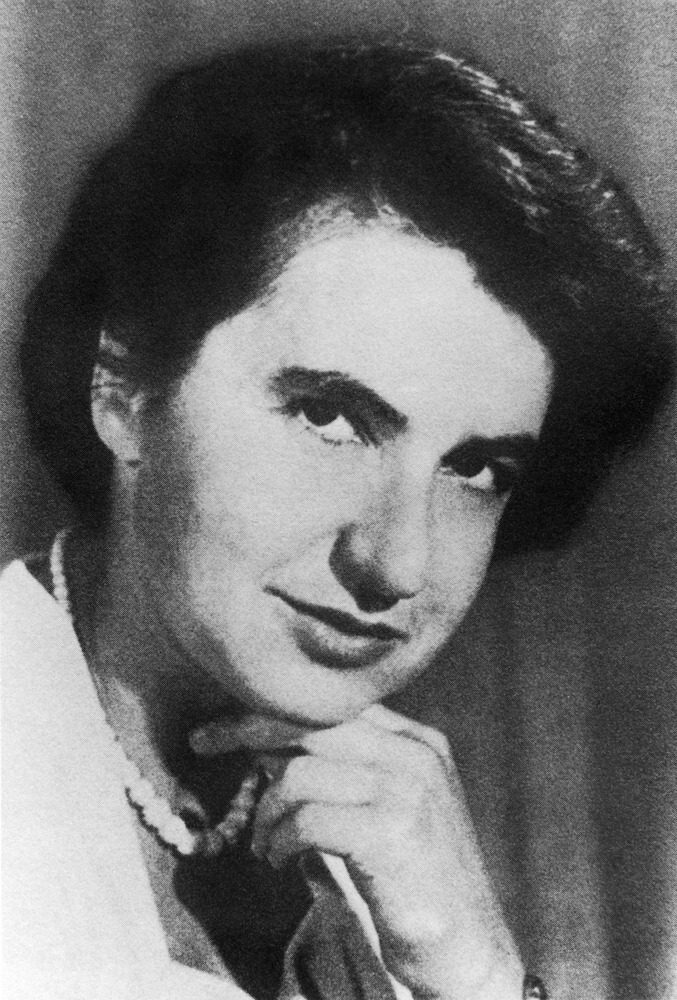
Rosalind Franklin made a major contribution to molecular biology, providing experimental evidence of the structure of DNA. The Nobel Prize for this discovery was awarded to her colleagues Crick and Watson who made the double helix model thanks to X-ray diffraction photographs taken by Franklin that were stolen from her laboratory.
The truth about the ignoble misdeed was only revealed many years later, by Watson himself, in his book “The Double Helix“, where the scientist recounts the episode of the theft.
RITA LEVI MONTALCINI (1902-2012)
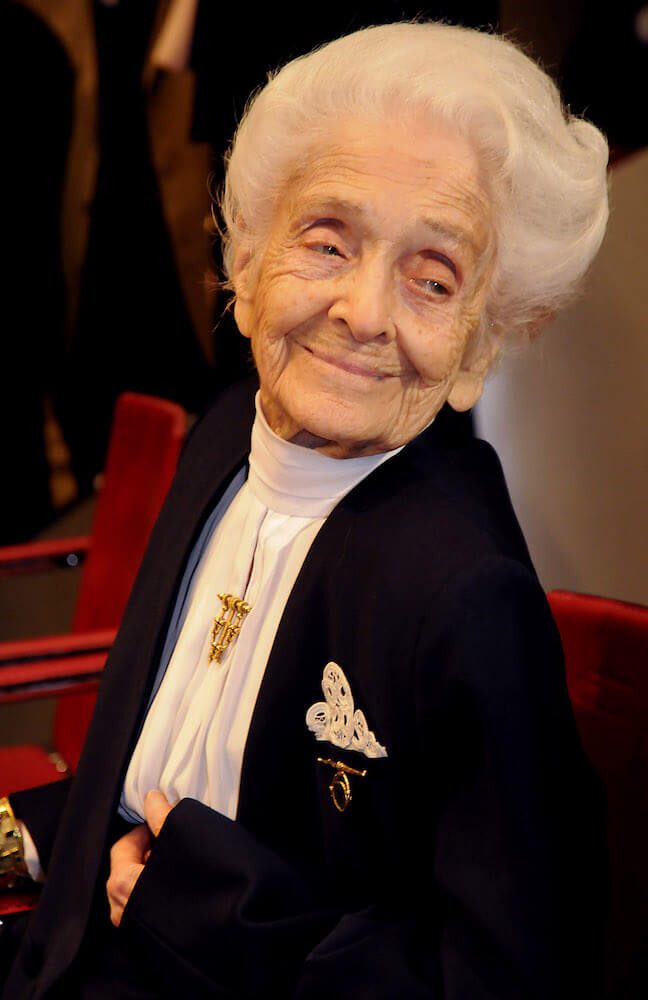
Rita Levi Montalcini is the most famous Italian scientist; she studied medicine with Giuseppe Levi and specialized in neurology and psychiatry. Because of the racial laws of ’38 that excluded Jews from universities, she was forced to leave Italy. She sought refuge in Brussels where she accepted a research post.
Back in Turin, she arranged a laboratory in her room where she dedicated herself to studying nerve growth in embryo cells of chickens.
In 1986 she was awarded the Nobel Prize in Medicine for her research that led to the identification of the growth factor of the nerve fiber Ngf.
Even today her discovery contributes to the study of diseases such as tumors, ALS and Alzheimer’s disease.
In addition to her great work as a researcher, Rita Levi-Montalcini, has been involved throughout her life in charitable works and in promoting the role of women in society.
FABIOLA GIANOTTI (1962 – )
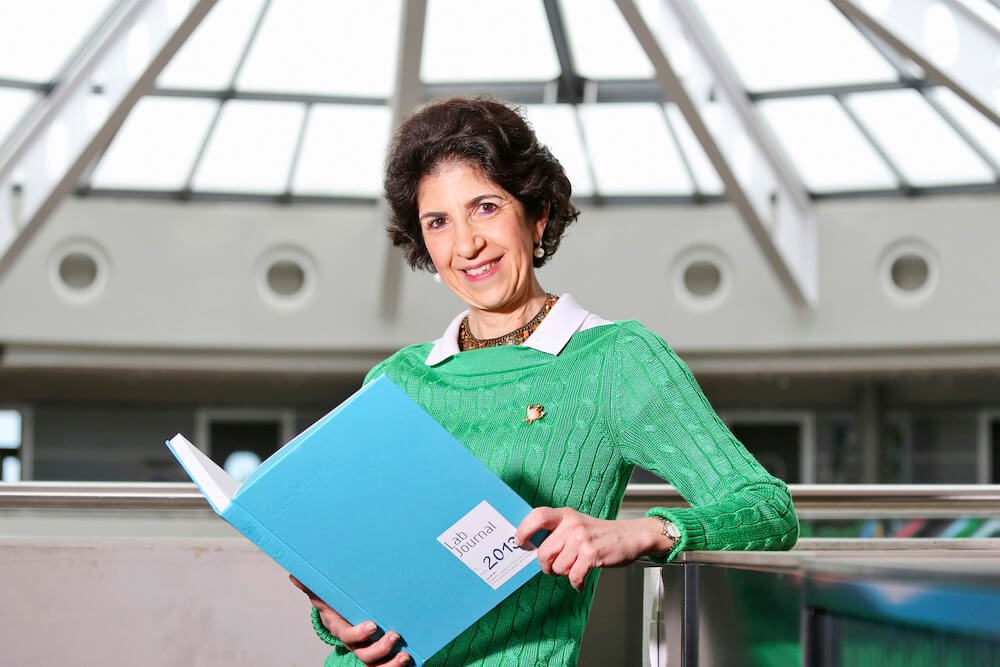
For the first time a woman, Fabiola Gianotti, has been driving, since January 2016, the Cern in Geneva, the largest scientific laboratory in the world.
Between 2009 and 2013, she was also one of the leaders of the ATLAS project (Toroidal LHC Apparatus).
ATLAS is one of the two main detectors of the CERN Large Hadron Collider (LHC). Experiments using ATLAS to discover the Higgs boson led to the announcement of the discovery of a Higgs-like particle in 2012.
Fabiola Gianotti and other CERN physicists have received awards in recognition of this work, including the Fundamental Physics Prize in 2012. Fabiola Gianotti joined CERN in 1987 and became the first female CEO in 2016.